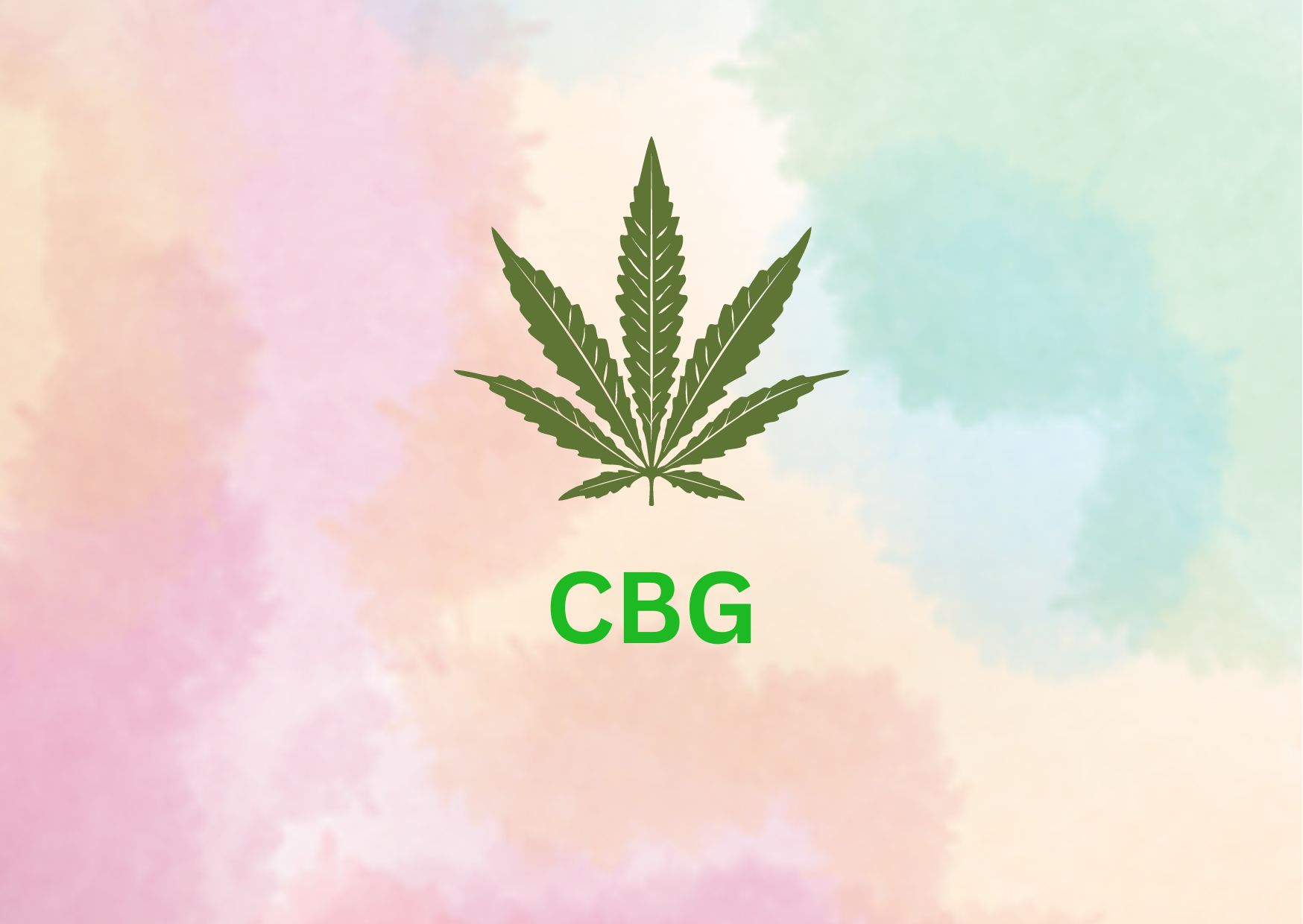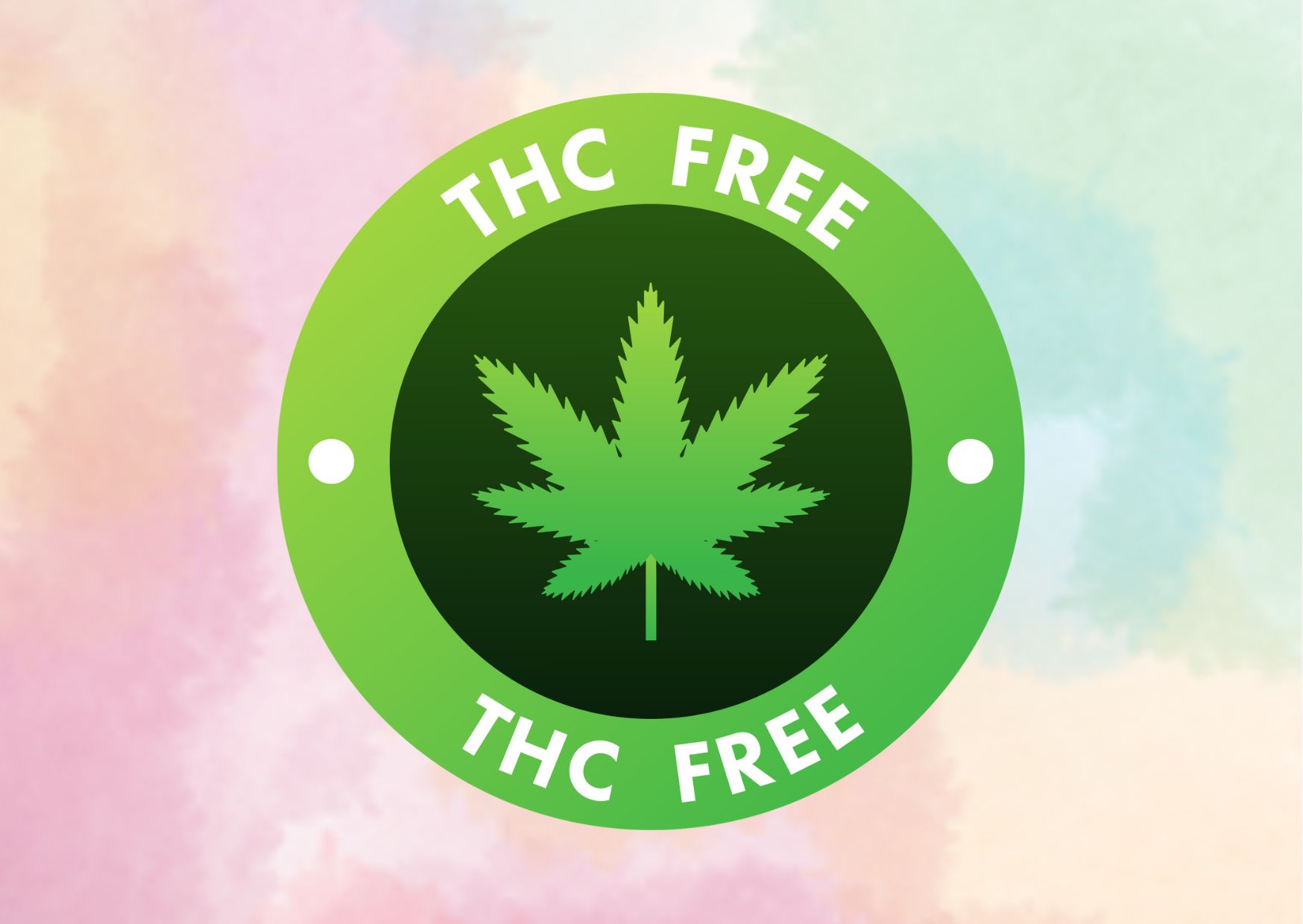What is CBG? A Comprehensive Guide to CBG vs CBD
The world of cannabinoids has expanded beyond the well-known THC and CBD, introducing a new player that’s catching the attention of researchers and consumers alike: CBG. What is CBG? This lesser-known compound, short for cannabigerol, is making waves in the wellness industry due to its potential benefits and unique properties. As interest in natural alternatives grows, understanding CBG and how it differs from its more famous cousin, CBD, has become increasingly important.
This comprehensive guide aims to shed light on CBG, exploring its origins, effects, and potential uses. We’ll delve into the key differences between CBG and CBD, examining their chemical structures, interactions with the body, and reported benefits. By the end of this article, readers will have a clear understanding of what CBG is, how it compares to CBD, and why it’s generating buzz in the world of cannabinoids. Whether you’re a seasoned cannabis enthusiast or simply curious about emerging wellness trends, this exploration of CBG vs CBD promises to provide valuable insights.
What is CBG?
Definition of CBG
Cannabigerol, commonly known as CBG, is a unique cannabinoid found in the cannabis plant. It’s a 21-carbon terpenophenolic compound that serves as a precursor to various other phytocannabinoids. CBG has a distinctive structure compared to other cannabinoids like THC and CBD. It’s monocyclic, featuring a linear prenyl chain, while most other phytocannabinoids are polycyclic.
CBG has gained attention in the wellness industry due to its non-psychotropic nature and wide range of potential pharmacological effects. Research suggests that CBG may have beneficial effects in treating conditions such as pain, cancer, asthma, and arthritis. Unlike THC, CBG doesn’t produce a “high,” making it an attractive option for those seeking the potential benefits of cannabinoids without psychoactive effects.
How CBG is produced
The production of CBG in cannabis plants involves a fascinating biological process. Initially, young cannabis plants contain cannabigerolic acid (CBGA), which is the acidic form of CBG. As the plant matures, CBGA undergoes a natural conversion process, transforming into other cannabinoid acids such as CBDA (cannabidiolic acid) and THCA (tetrahydrocannabinolic acid).
When these acidic forms are exposed to heat, a process called decarboxylation occurs, converting them into their active forms: CBD and THC. This explains why CBG is found in higher concentrations in younger cannabis plants. As the plant develops, the amount of CBG decreases while the levels of other cannabinoids increase.
Interestingly, the highest concentrations of CBG are found in the flowers and leaves of inflorescences collected from the uppermost parts of the plant. These parts contain approximately ten times more CBG than the fan leaves.
Due to the low natural occurrence of CBG in mature cannabis plants (typically up to 10% of the cannabinoid fraction), researchers and growers have been exploring ways to increase CBG production. This has led to experiments with cross-breeding and genetic manipulation of cannabis plants to boost CBG content. Some strains have been developed to reduce the activity of enzymes that convert CBGA into other cannabinoids, resulting in CBG concentrations of up to 90% of the cannabinoid fraction.
CBG as the ‘mother cannabinoid’
CBG has earned the title “mother of all cannabinoids” due to its crucial role in the biosynthesis of other phytocannabinoids. This nickname stems from the fact that CBGA, the acidic form of CBG, serves as the starting point for the formation of many other cannabinoids.
In the cannabis plant’s life cycle, CBGA acts as a key compound in the biosynthesis process. As the plant grows, CBGA is naturally converted into the acidic forms of other well-known cannabinoids, such as CBDA (which becomes CBD) and THCA (which becomes THC). This conversion process explains why mature cannabis plants typically contain very little CBG – most of it has already been transformed into other cannabinoids.
The role of CBG as a precursor has significant implications for cannabis cultivation and research. By understanding and manipulating this biosynthesis process, scientists and growers can potentially develop cannabis strains with specific cannabinoid profiles tailored for various medicinal or therapeutic purposes. This has led to increased interest in CBG and its potential applications in the field of cannabinoid research and development.
CBD’s popularity
CBD has experienced a surge in popularity in recent years. According to a Forbes Health survey, 60% of U.S. adults report having used CBD, with 55% of these users specifically choosing CBD oils and tinctures. This widespread adoption has been driven by various factors, including the potential health benefits associated with CBD use and its non-psychoactive nature.

